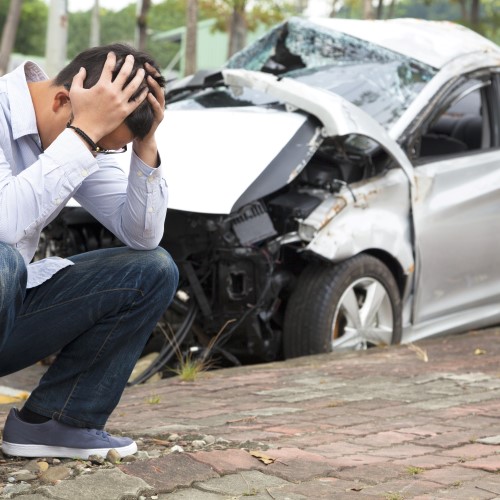14 February 2023

A 30 per cent reduction in cars on Adelaide streets during the COVID lockdown in 2020 did little to improve driver safety, with drink-driving and speeding offences increasing once restrictions lifted.
A new study led by the University of South Australia shows that despite seven per cent fewer car crashes recorded once restrictions started in March 2020, car accidents were more severe, and crash hotspots moved from the metropolitan area to the city fringes.
Drink driving cases increased by five per cent and recorded speeds on city streets also rose.
Wednesdays aside, the number of car accidents on weekdays fell, but increased on Sundays and Mondays, attributed to drivers spending leisure time outside of the city after a week working from home.
Lead researcher, UniSA urban planner Dr Ali Soltani, says crash sites during the COVID lockdown shifted from workplaces, schools and universities to green spaces and outer suburbs.
While the CBD remained the major crash hotspot, car accidents fell sharply in industry clusters in Elizabeth and Salisbury, Port Adelaide and Lonsdale, as well as Adelaide Airport, Flinders Uni and UniSA’s Mawson Lakes Campus. In contrast, there were more accidents in the Adelaide Hills and beach suburbs.
Dr Soltani collected road accident data in metropolitan Adelaide from January 2019 until December 2021 – 12 months before the onset of the lockdown in March 2020, and a year afterwards.
“These figures mirror what happened nationally, with Australia recording a slight drop in road fatalities – eight per cent – between March and August 2020,” Dr Soltani says.
The UniSA researcher also looked at the influence of other factors, such as land use mix, road intersection density, driver age, car ownership, family size and household income on car accident frequency during the three-year time frame.
“Crashes were less likely to occur among people living in a large family, probably because an older person is often in a car with a younger person, moderating their driving. Likewise with married couples.
“Long term residents are also less likely to experience crashes in their neighbourhood because of their familiarity with local roads, compared to newer residents or those born overseas.”
Car crashes were also less common near public transport stations.
“The COVID-19 crisis in Australia led to a rise in unemployment and remote working, reducing the accident rate from job-related traffic. One takeaway from the data is that encouraging people to work from home, or take public transport, could be a strategy to minimise traffic accidents, particularly near industrial areas and work clusters.”
The study has been published in the Journal of Transport & Health.
Notes for editors
“Road crashes in Adelaide metropolitan region, the consequences of COVID-19” is published in the Journal of Transport & Health.
Contact for interview: Dr Ali Soltani E: ali.soltani@unisa.edu.au
Media contact: Candy Gibson M: 0434 605 142 E: candy.gibson@unisa.edu.au




